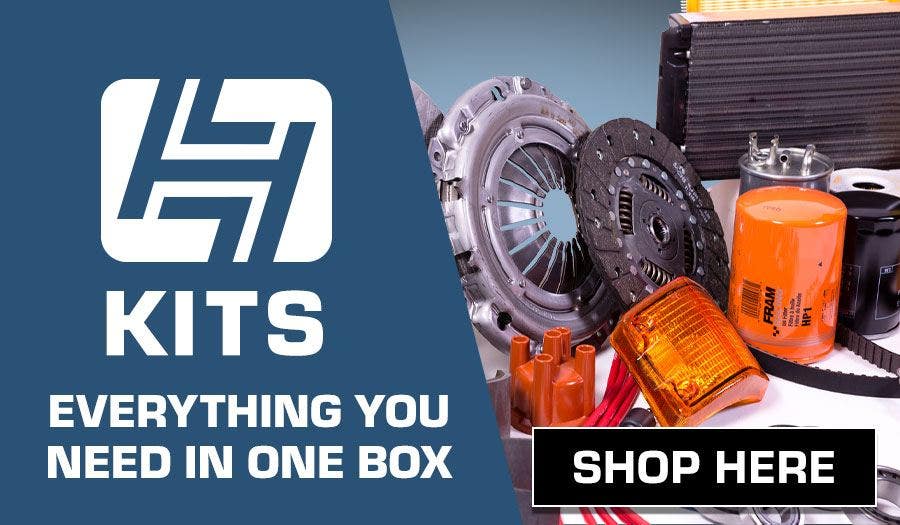Classic Car Welding Guide For Beginners
If you've got a classic car restoration project lying ahead of you, the chances are it will need welding work in some form or another. If you've heard the term, but never understood what it meant, or if you fancy giving it a go, this guide is for you. We'll explain the different types of welding, what they are used for and the machines that make it happen.
What is welding, and why is it used on classic cars?
Starting right at the beginning, welding is a process which joins two or more pieces of material (typically metal) together by using heat and pressure. Why is it used on classic cars? Well, in basic terms, if you have a hole in a floor pan, you can cut the rust back to good metal, make a patch to fill the gap (or just overlap the edges) and then weld it in place to create a solid floor again. A very handy skill to have when you are surrounded by old cars that rust for fun!
Welding can also be used for fabrication purposes. Whether it's a roll cage, an exhaust, an oil breather or a repair panel. If you're skilled with the welder, you can keep yourself very busy making things for fellow car fans.


What welder do I need?
There are different welders for different applications and as you know, classic cars are made from more than one material. So if you're looking to give welding a try, here's what you need to know.
Welders are divided into 4 different types, as illustrated below.
- Stick Welders (ARC)
- MIG Welders (Metal Inert Gas)
- Gas Welders (Oxy-Acetylene)
- TIG Welders (Tungsten Inert Gas)
All four types can be used to weld car chassis and mild steel bodywork, but for the average DIY welder, because of costs and complexity, it is likely to be either ARC or MIG. But we'll cover them all to give you the best overview we can. You can also get welders for joining plastic, but we'll talk about those another day




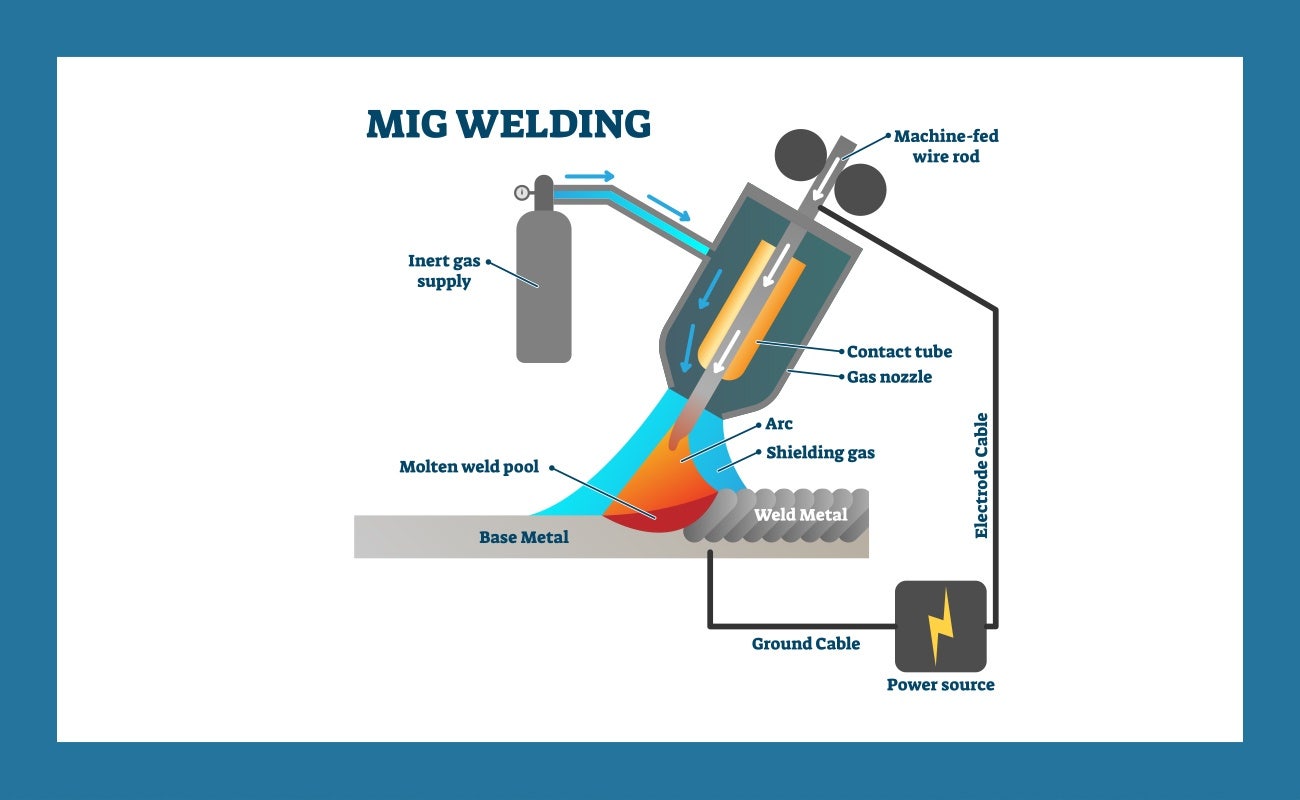



What is ARC welding used for?
ARC or Stick welding dates back to 1881, and was the DIY restorers' first choice until MIG welding became an affordable option. ARC welding relies on electricity being passed through a flux-coated wire core, which heats up and melts together the metal you are working with.
It can be messy, with more splatter than other welding types, and is better suited to industrial and construction projects where the metal is much thicker.
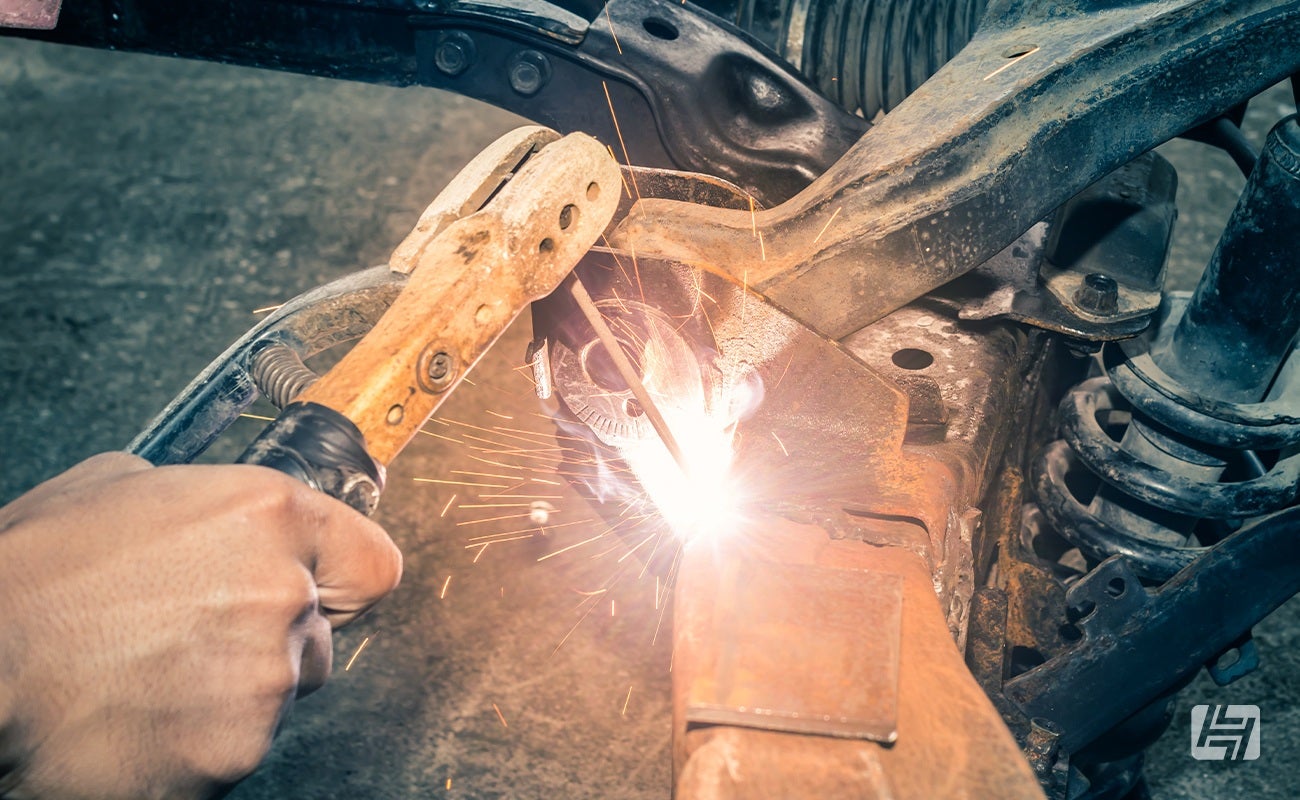



What is MIG welding used for?
MIG welding uses the same principle as ARC welding, in that it relies on electricity to heat up the metal. However, in the case of MIG welding the flux wire is mechanically fed through the centre of the welding torch, activated by a trigger switch on the torch. In addition, MIG welding typically uses gas as a shield, to help the user create a cleaner weld, although with the correct flux wire installed, this can also be done without the use of gas.
When it comes to picking your gas, a CO2 and Argon mix is the favourite for most MIG welders tackling panel work. But you can use just CO2, or run a mix of CO2, Argon and Helium instead, depending on price and availability. Hobby-size canisters are available from most motor factors, or you can arrange to hire much larger bottles from a local stockist if you have lots of welding to do.


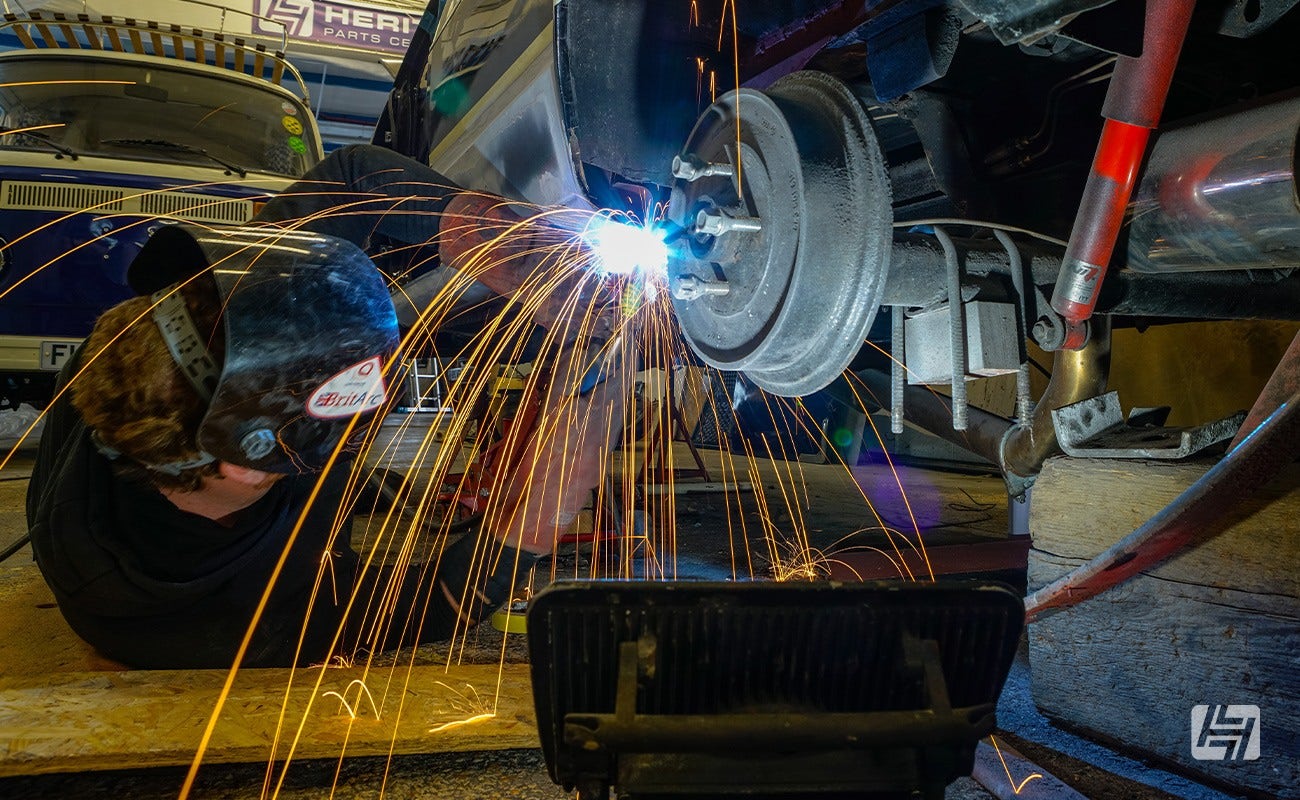

What are the benefits of gas welding?
Oxy-acetylene welding requires no electricity, so can be done away from a power source if required. The same kit can also be used to cut through metal, and heat metal to shape it, as well as join it together. Whilst that is a benefit, it could also mean carnage if you don't know what you are doing! We won't concentrate any further on it in this guide, but if it intrigues you, there is plenty of information online about it for you to read up on.
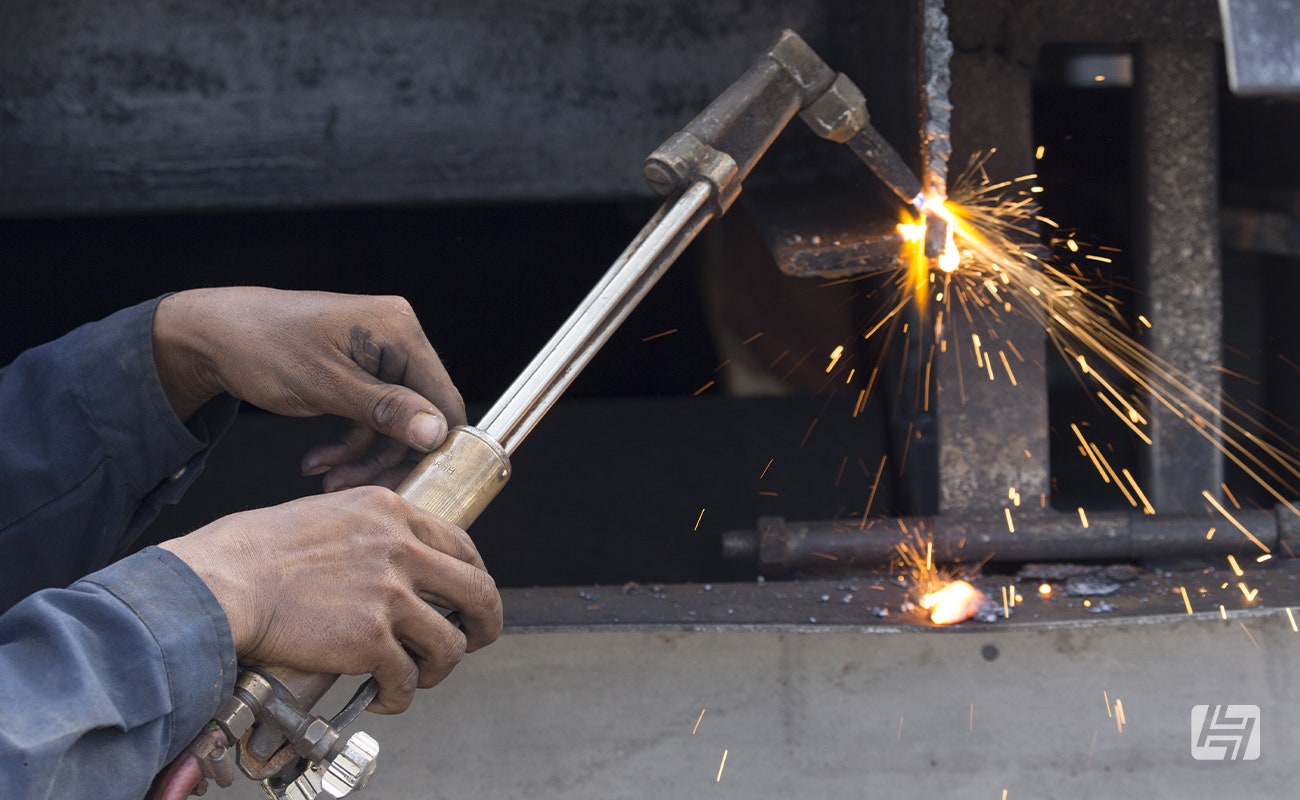

What is TIG welding?
Predominately used for aluminium and stainless steel, in our industry at least, TIG welding (Tungsten Inert Gas) is the toughest type of welding to master, and most expensive to tool up for, but when done right it looks like art! You may have had fuel tanks, breather boxes, exhaust manifolds or full exhaust systems that have been fabricated using this method.
TIG welding uses a non-consumable tungsten electrode to produce the electric arc. A separate filler rod is manually fed into the weld pool to join the metal pieces. Argon or a mix of argon and helium is used as the shielding gas to protect the weld area from atmospheric contamination. TIG welding allows for precise control over heat, minimising distortion and leading to a cleaner finished product.
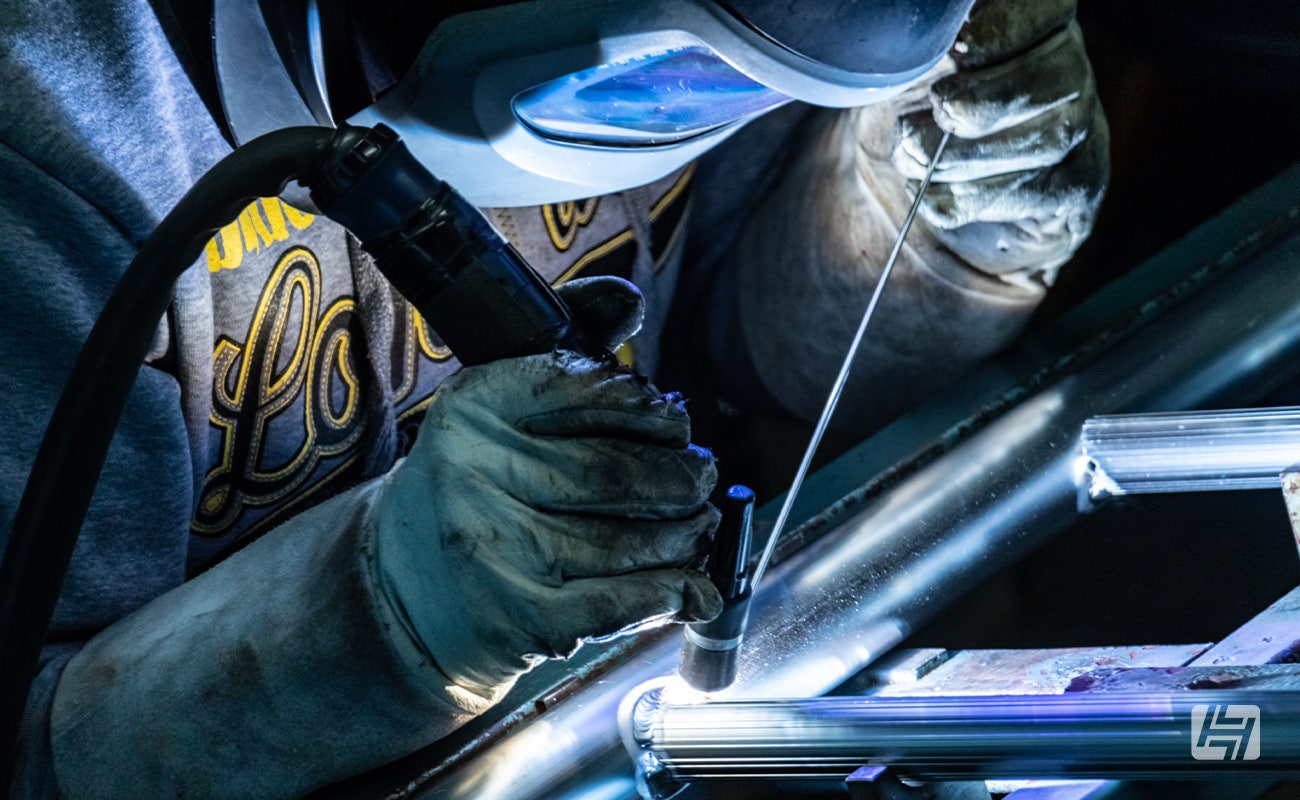

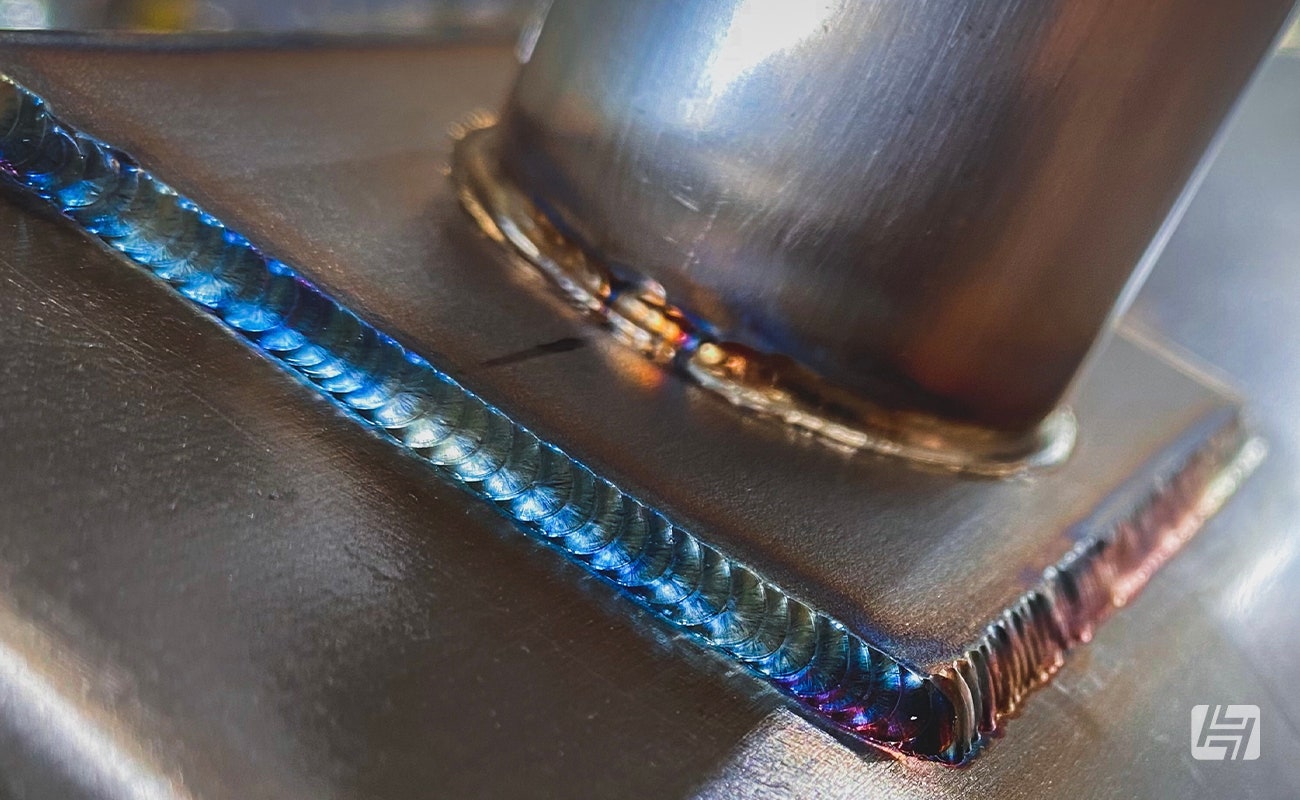

What is spot welding?
Spot welding is ideal for joining sheet metal panels together, like where an inner and outer sill meet, or a rear panel meets the boot floor. It involves applying pressure and an electric current through copper electrodes to create localized welds. Spot welding machines are often used to replicate original factory spot welds during the restoration process.
It is possible to get a similar effect using a plug weld, by drilling a hole in one of the metal surfaces and then filling it back up with a weld on top of the other.


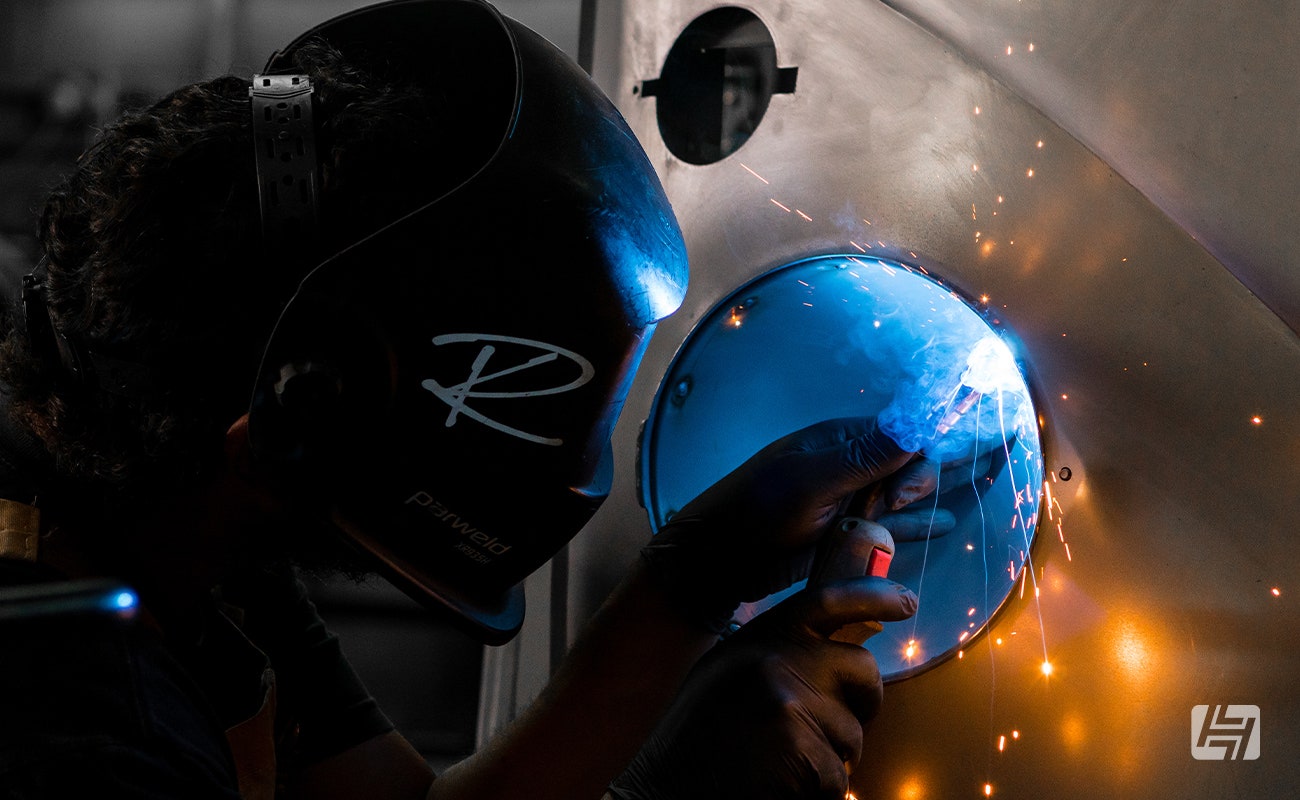

Top tips for first time welding
Not wanting to quash your newfound enthusiasm for welding, but here are a few basic tips that could save you a lot of heartache.
- Always disconnect the car battery before starting work. Failure to do so could lead to short-circuiting electrical components in the car.
- Have a fire extinguisher ready, just in case.
- Use a suitable welding mask and wear gloves. Remember welding makes metal hot - don't touch it!
- Dress appropriately. Welding sparks will spit back, which will burn your clothes, and get inside your socks (that hurts!)
- Having a friend to spot fires, especially if you are working underneath the vehicle is really helpful.
- Remove and/or protect all fuel lines, and interior furnishings close to the welding area, or where sparks could fall.
- Poorly set up welder can blow holes in thin metal. If in doubt start with low power, higher feed and test on a scrap piece first.
- The cleaner the bare metal you are welding the better. You'll need to remove any paint or coating unless it is specifically a weld-thru primer.
- Short small welds, rather than long beads will help reduce panel distortion.
- Look after your equipment. Clean the welding nib, don't pull the machine by the torch etc
- Turn off the gas and disconnect the regulator to save any leaking out. This can be a problem on cheaper DIY machines.
Enjoy it! Welding is a very satisfying skill to have and could save you plenty of cash on your next project. Keep us posted with your progress on social media #driveheritage
Andy




 Beetle
Beetle
 Type 2 Bay
Type 2 Bay
 Type 2 Split
Type 2 Split
 Type 25
Type 25
 Transporter T4
Transporter T4
 Transporter T5
Transporter T5
 Golf Mk1
Golf Mk1
 Golf Mk2
Golf Mk2
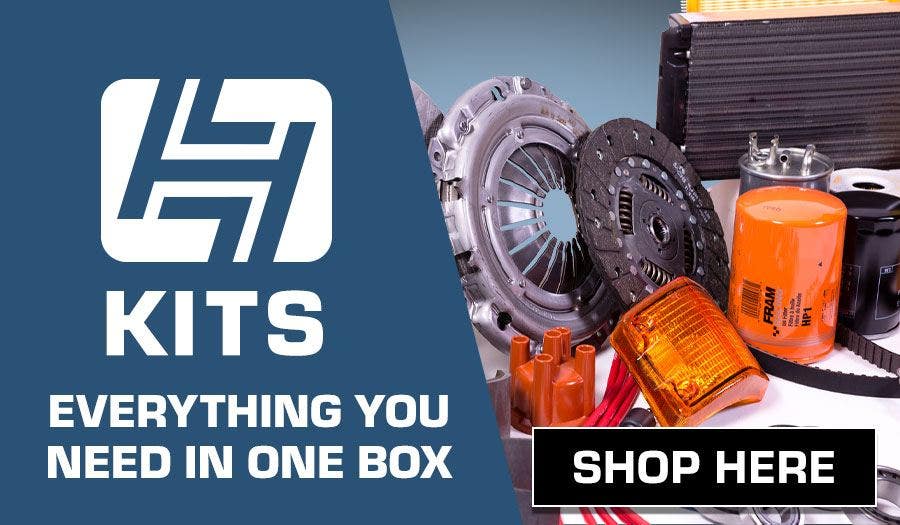

 911
911
 996
996
 997
997
 986 Boxster
986 Boxster
 987 Boxster
987 Boxster
 912
912
 944
944
 924
924
